DNA
Latest
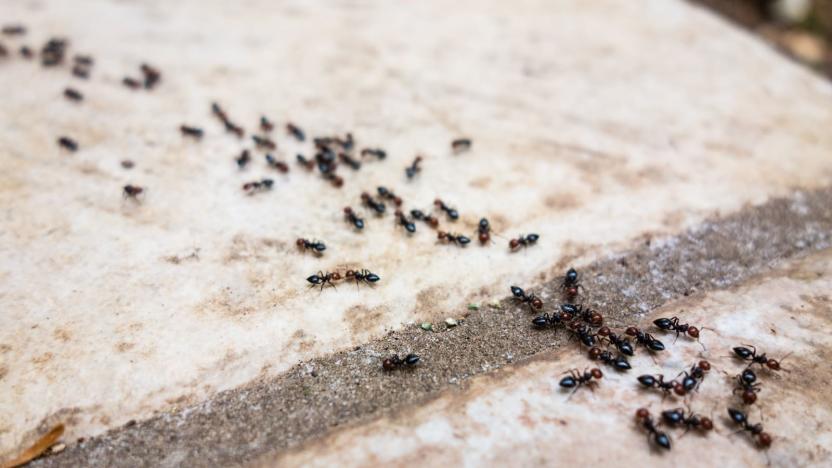
Gene-altered ants show how animal societies work
How much is societal behavior dictated by genetics? Scientists at Rockefeller University might just find out through ant colonies. They've modified the genes of clonal raider ants (not shown above) to see how the changes affect social behavior, both individually and on a grander scale. Knocking out genes for odorant receptors leads to "lone wolf" ants who wander by themselves for days, for example. The team keeps track of these exceptions by painting the ants in such a way that computers can track them all day, spotting even slight deviations from the norm.
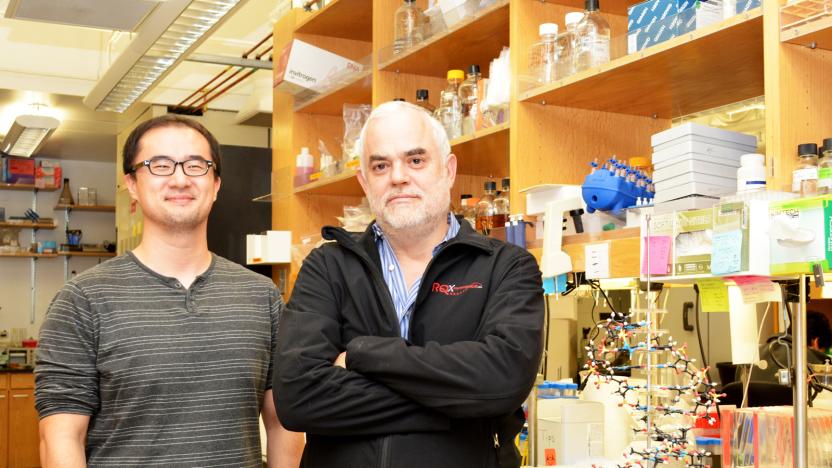
Scientists make a viable semi-synthetic organism
Scientists at the Scripps Research Institute have already created organisms with synthetic DNA letters, but they weren't ready for the real world when they couldn't even keep the artificial base pair in their genetic code. However, the team has made a lot of progress since then: they've produced the first stable semi-synthetic organism. The bacteria now holds on to its human-created X and Y bases while it grows and divides, much like the natural A, C, G and T bases. The key, researchers say, was to tweak existing techniques.
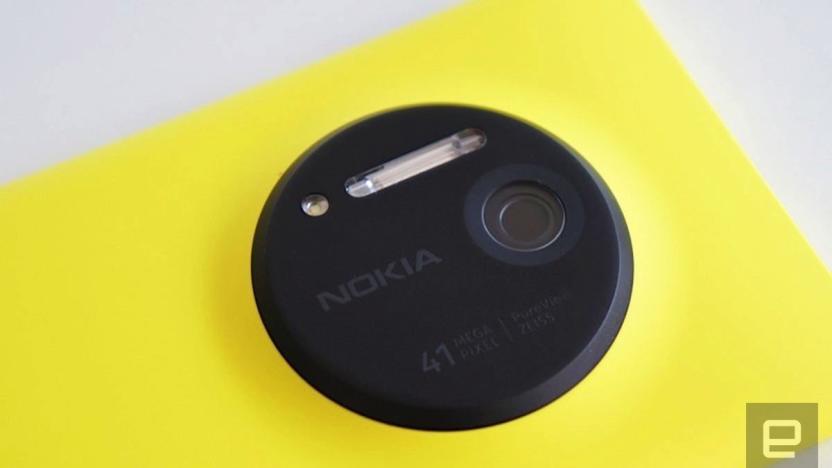
Low-cost DNA sequencer uses Nokia 1020's camera as a microscope
If the Nokia 1020 has a memorable feature, it's surely the phone's 41-megapixel camera -- the same one a team of researchers are now using for their phone-based DNA sequencer and molecular analyzer. The scientists from the University of California, Los Angeles, Sweden's Stockholm University and Uppsala University have developed a $500 3D-printed phone attachment that turns a device's camera into a microscope. Health workers in developing nations and remote locations can use the attachment to find genetic mutations that cause diseases without having to send samples to a lab. It's definitely a lot more affordable than comparable microscopes medical professionals use, which could cost tens of thousands of dollars.

Researchers digitally reconstruct the face of a legendary Scottish king
Robert the Bruce, a medieval warrior and hero-king of the Scottish people, is something of an enigma. While his exploits in battle against both domestic rivals and British occupiers have been well-documented, descriptions of his physical appearance have long been lost to history. But thanks to a collaborative effort between researchers at the University of Glasgow and Liverpool John Moores University (LJMU), we may finally know what he looked like.

Recommended Reading: Meet the attorney who's fighting revenge porn
The Attorney Fighting Revenge Porn Margaret Talbot, The New Yorker Carrie Goldberg started her practice to "be the lawyer" she needed after being harassed online by an ex. Now she's a pioneer is dealing with revenge porn cases, defending victims against hacking, leaking and other online attacks when relationships come to an end.

Genealogy service's DNA test helps you find your roots
Genealogy services are all about tracing your family's history, so it makes sense for one of these services to identify your genetic history, doesn't it? MyHeritage sure thinks so. It's introducing a $79/£79 MyHeritage DNA kit that offers a detailed look at not only your ethnic roots, but your geographic connections as well. Are you from eastern Europe, or northern Africa? You might just find out when your swab test results are ready in 3 to 4 weeks. Your report will even show you potential DNA matches with others, in case someone else is a distant relative.
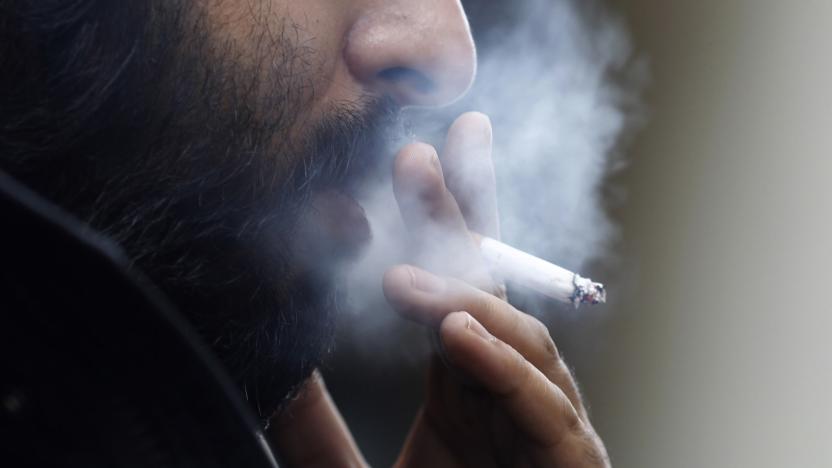
Smoking triggers hundreds of DNA mutations every year
You know that smoking is bad for your health. However, scientists have just shed additional light on how those toxic chemicals can wreck your body. A newly published study has determined that a pack-a-day smoker typically produces 333 DNA mutations per year, and only about half of them (150) are in the lungs. There are also mutations in the larynx (97), pharynx (39), mouth (23), bladder (18) and liver (6). Many of those mutations are harmless, but you're effectively rolling the dice with every year that you puff -- you're triggering a "cascade" of gene damage that could lead to cancer.

23andMe stops work on advanced gene sequencing
The team at 23andMe is dialing back some of its grander plans for DNA analysis. Co-founder Anne Wojcicki has confirmed to BuzzFeed News that her company has stopped working on next-generation sequencing that would reveal much more about your genes, such as the potential for some diseases. The executive is quick to stress that this isn't due to financial or regulatory trouble -- rather, it's a question of whether or not that data is useful enough to warrant 23andMe stretching itself thin at this point. The firm would rather focus on its "core business" right now, Wojcicki says.
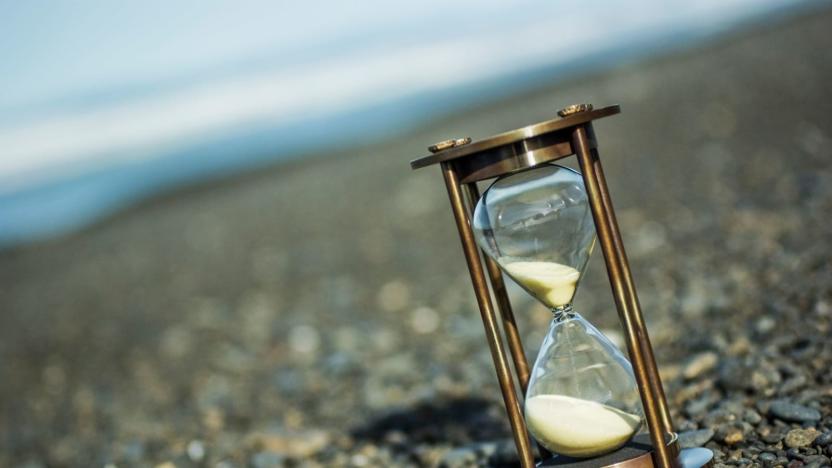
Humans can only live to 115, researchers claim
Research out of New York's Albert Einstein College of Medicine believes that the goal of living forever is an impossible one. A team of researchers analyzed mortality rates and aging trends across the world and found that there may be a ceiling to our lifespan. Popular belief may be that humans could live longer if they remain in good health, it appears that the best we can hope for is 115 years on this planet. Which should give you just enough time to finish all of those TV series binges before the world inevitably boils into dust.

Infant is world's first to have three biological parents
It sounds like the setup of a wacky science fiction comedy, but this is actually real life. A five-month old baby boy was just revealed to be the first kid in the world with three biological parents, according to New Scientist. The infant was created by a technique that has only been legally approved in the UK, and it lets parents with genetic disorders have healthy babies. The study is believed to fast track progress in the field, and is the latest in a series of advances in genetic science we've seen recently.

ICYMI: Another thing likely to survive with the cockroaches
try{document.getElementById("aol-cms-player-1").style.display="none";}catch(e){}Today on In Case You Missed It: Scientists just mapped the DNA of a microscopic organism that can survive both oxygenless places and the Antarctic. Researchers believe they might help humans survive too much radiation, which is a thing we'll probably need soon enough so get hyped, people. Meanwhile a Danish car company is showing off its prototype of a tiny carpooling electric vehicle that will one day be modified for autonomous rides. In case you're interested, you can see the Japanese Pokemon Go video here. As always, please share any interesting tech or science videos you find by using the #ICYMI hashtag on Twitter for @mskerryd.
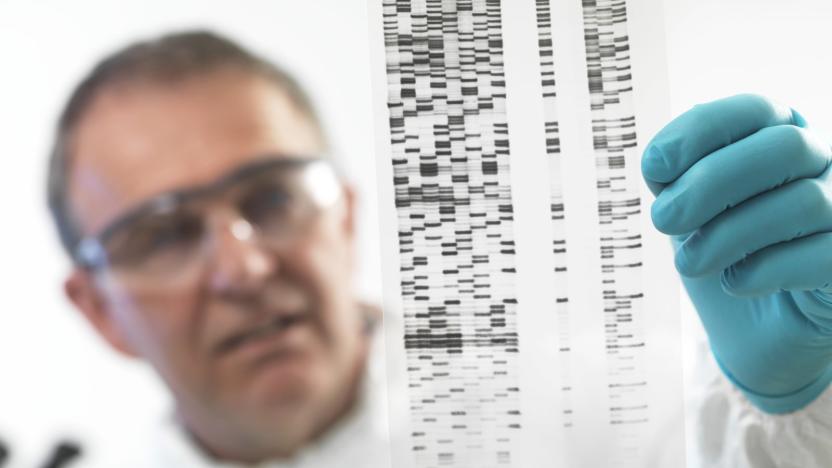
Who stole the DNA of 14,000 long-lived Italians?
Italian authorities are investigating a biotechnology heist that saw around 14,000 DNA samples allegedly stolen from a lab in Sardinia. This may not be a simple case of grand larceny, as the samples in question were taken from Italians with exceptionally long lives. Sardinia is one of a handful of "blue zones" with a higher-than-usual proportion of men over the age of 100. The material was gathered as part of a decades-long research investigation into a genetic secret for longevity that was unrelated to diet or environmental factors.

NASA uses a DNA sequencer in space for the first time
The crew of the ISS just took the first step towards making the orbital laboratory a little safer for its inhabitants. For the first time ever, NASA astronauts have sequenced DNA in microgravity. The experiment was actually a test to see if a MiniION portable DNA sequencer would work in orbit -- so far it does. The samples tested on the ISS produced the same results as a control group back on earth. If further tests pan out, astronauts will be able to use the sequencer to test microbes found on ISS surfaces.
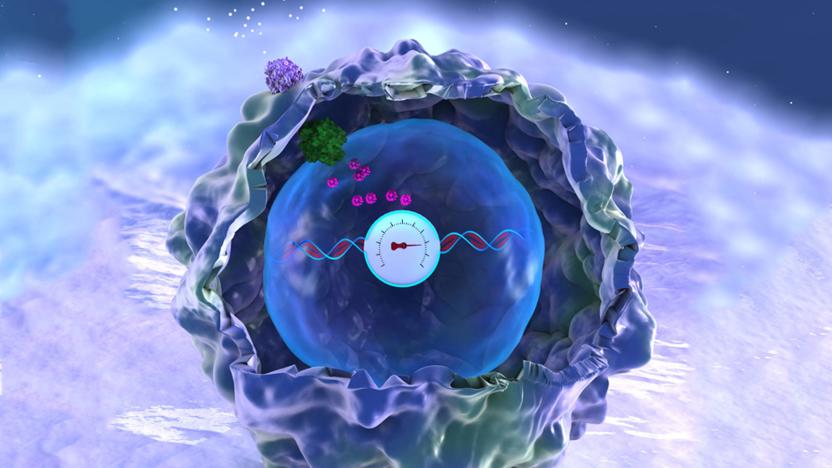
Gene editing records 'memories' in human DNA
Scientists have been recording data in DNA for a while, but it has usually involved bacteria and other simple organisms. MIT, however, just took a big leap forward. Its researchers have used the CRISPR gene editing technique to record histories in human cell DNA for the first time. They've crafted a gene circuit that only expresses an enzyme when it's near a key immune cell molecule, building up mutations the more it's exposed to that molecule. All you have to do to extract "memories" is to sequence those genes. They'll tell you whether or not there was a lot of inflammation, for instance.
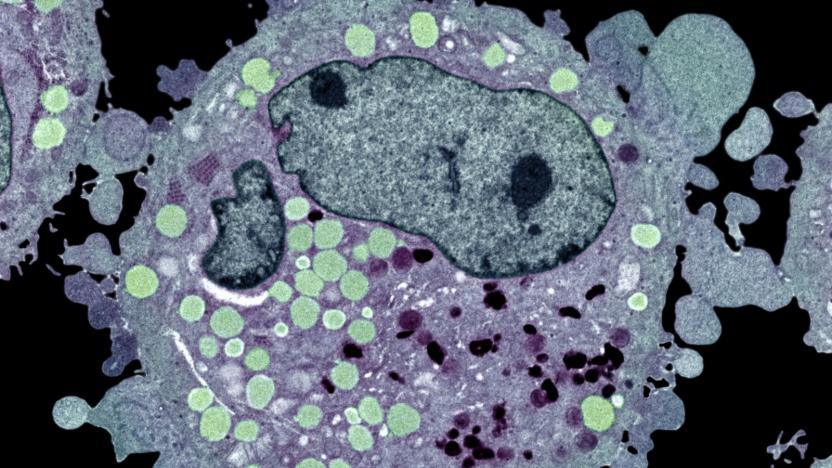
23andMe helps identify genetic links to common skin cancer
The team at 23andMe is clearly going out of its way to show that huge amounts of volunteered genetic data can boost medical research. Scientists at both 23andMe and Stanford used data from consenting customers to conduct the largest ever genetic study of basal cell carcinoma, the most typical form of skin cancer, and made numerous discoveries. They found 14 previously unidentified genetic associations with the cancer, some of which might pinpoint when you're at increased risk. Some gene regions linked to basal cell carcinoma have a larger effect on the young, hinting that environmental factors might play a greater role in getting the cancer as you age. Also, a gene marker's interactions suggest that your risk goes up when you have black or brown hair, and gene areas that maintain telomeres (chromosome ends) played their own part.

23andMe data helps find genetic factors behind depression
Genetic samples from 23andMe users have contributed to scientific discoveries before, but never quite like this. Researchers have used gene samples from 307,354 23andMe customers to identify 32 genetic factors (15 genetic loci and 17 nucleotide polymorphisms) linked to major depressive disorder among people of European descent -- the largest-ever study of its type. The data hints that genes responsible for developing neurons may correspond to those triggering this form of depression, and that the genetic areas associated with depression may play a part in other mental disorders, such as schizophrenia.
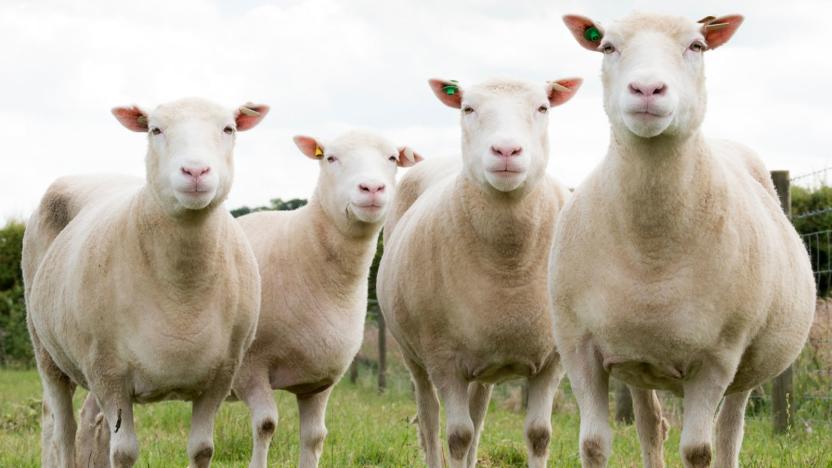
Dolly the sheep's clones are healthy, thank you
When Dolly the cloned sheep fell victim to premature aging, lung disease and osteoarthritis, that triggered many fears. Is cloning safe? Would her fellow clones also meet an early end? Apparently, you can relax. A University of Nottingham study shows that four of Dolly's genomic clones (Daisy, Debbie, Denise and Dianna) are healthy, with no conditions that suggest they're aging too quickly. Some showed early signs of osteoarthritis, but that's normal for their advanced age. In short: cloning, if all goes well, is safe.

Scientists find a way to make cells respond to stimuli
Through the use of synthetic biology researchers have been able to program cells to perform unique functions, like produce drugs in response to disease markers. In order to create more complex cellular circuits, several MIT engineers have now found a way to program cells to respond to a series of events.

NASA brings a DNA sequencer to space for the first time
SpaceX's after-midnight Falcon 9 launch didn't just advance the state of the art in rocket landings... the cargo it launched is groundbreaking, too. NASA notes that the mission is the first to bring a DNA sequencer to space. The Biomolecule Sequencer will not only demonstrate that you can sequence genes in microgravity, but provide a valuable service to the International Space Station's crew. They can use it to check up on crew health, identify microbes and maybe (just maybe) detect life beyond Earth. It's dramatically more convenient than before, when astronauts had to wait months to send DNA samples back to Earth.

Caltech scientists make Van Gogh painting out of DNA origami
Art recreated in miniature is oddly compelling, requiring precision and a lot of patience. Caltech scientists have taken their own stab at it and recreated Vincent van Gogh's classic The Starry Night at about the width of a dime, but with their own science twist: they made it with delicately-wrapped genetic strands in a process known as DNA origami.









